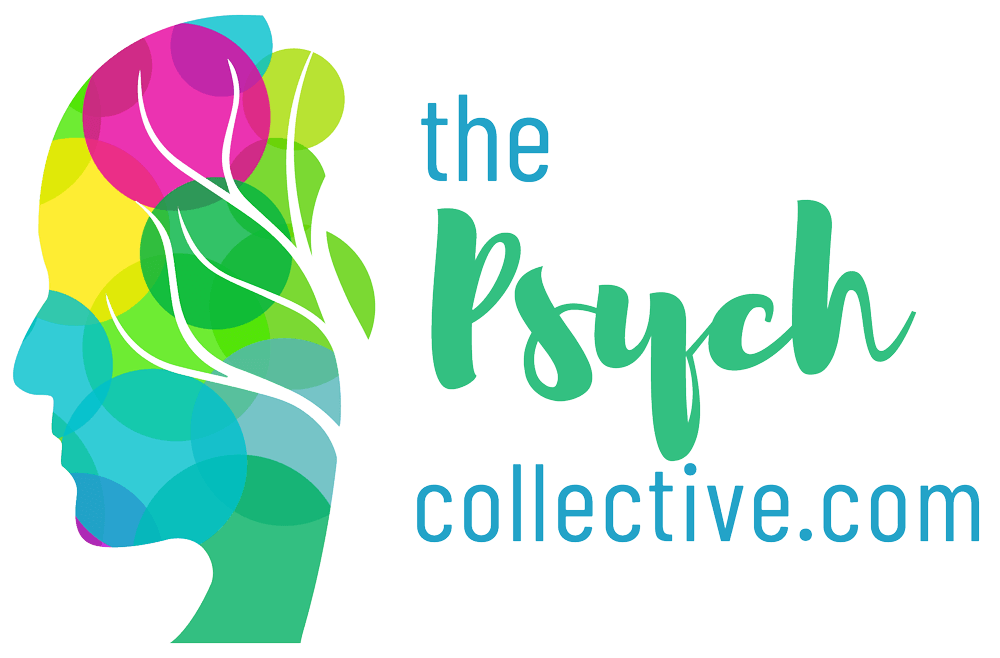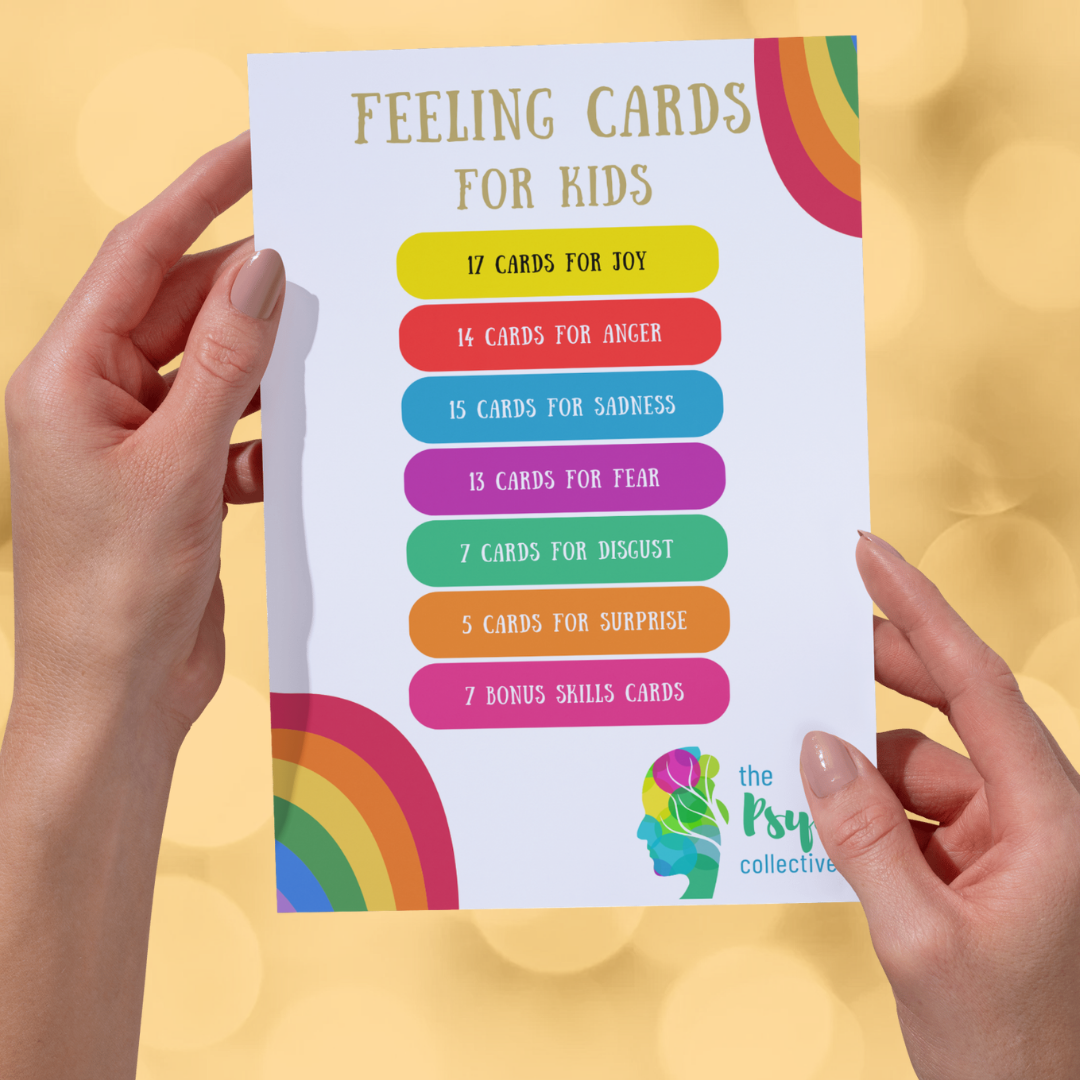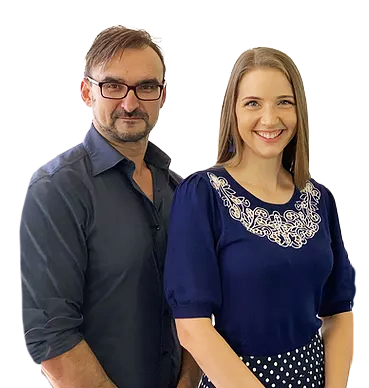The Happy Child Mode
The Happy Child Mode plays and has fun.
Children need play. The Happy Child Mode is the part of our inner child that helps us meet the need to play and to have fun. Play is an integral part of healthy child development, and (in case you hadn't noticed) all adults are just grown-up children, so that need for play never leaves us. But it's often subconsciously inhibited.
Through play, children can explore their creativity, curiosity and connection with others. They can put their ideas into imaginative play. The need for play does not disappear in adulthood, but the form of the play may mature. It is crucial that adults find time for play, including novelty, exploration and fun. This healthy mode warrants just as much attention in the process of schema therapy as does the Vulnerable Child Mode.
When we are deprived of play, we miss out on opportunities for positive emotion. Lack of play can lead to pervasive low mood, feelings of burnout and resentment, and deeply impacts our identity.
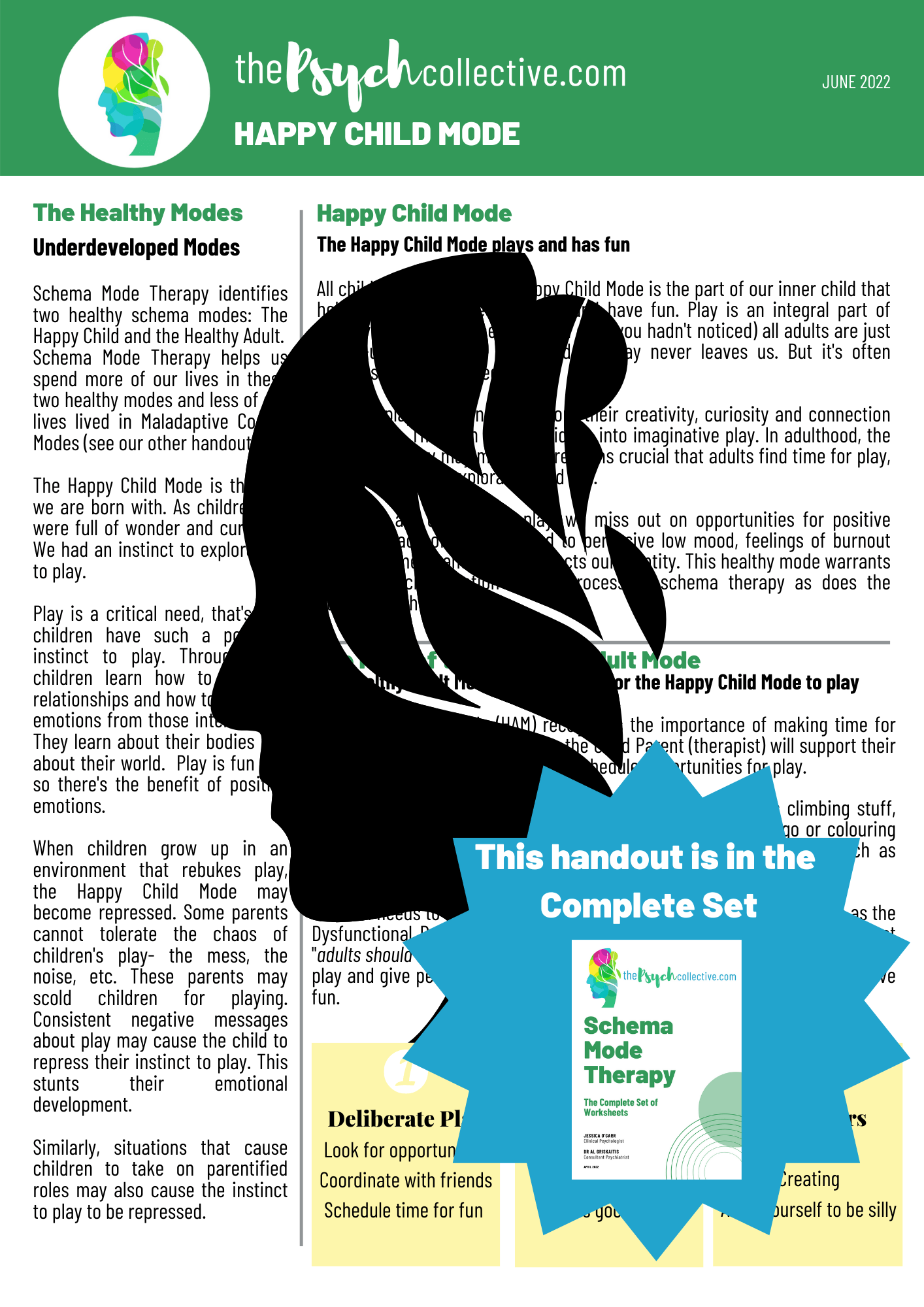
Share
Categories
About Our Resources
We offer actionable resources and teach real skills to help people make meaningful change in managing mental health issues through different modes depending on people's learning preferences including infographics, text, worksheets, handouts and video.
